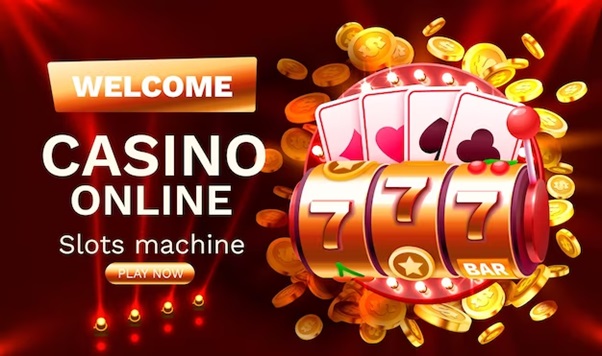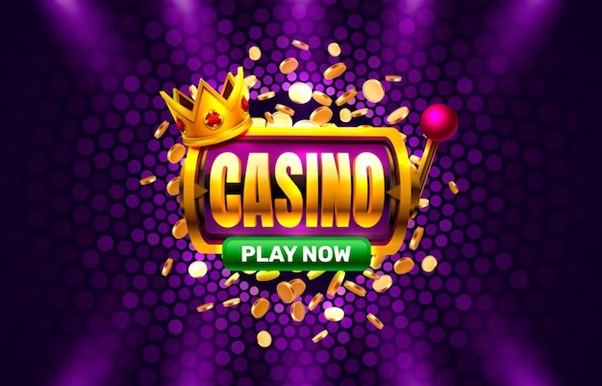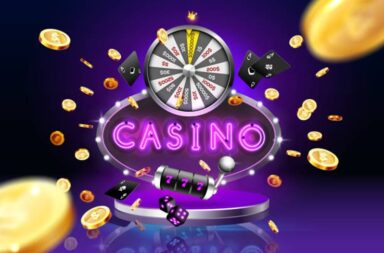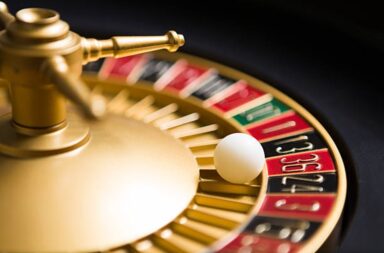Slots are one of the most popular games in casinos around the world. Often, slot machines make up to 70% of a casino’s total revenue!
While they’re often viewed as a simple and harmless way to pass the time, slot machines have a rich history that dates back to the 19th century. Let’s take a look at how they came to be, what makes them so popular, and why they’re still around today!
1. Inventor
Before the advent of electronics and computer microchips, slot gacor machines were purely mechanical inventions. To start the game, players had to pull a lever that set the reels in motion. This manual approach to playing slots gave the players a sense of control and ownership over their outcome.
In 1891, New York-based gambling companies Sittman and Pitt developed a slot machine that was a precursor to modern slot machines. It cost a nickel to play and featured five drums that spun to reveal a poker hand combination.
However, these rudimentary slot machines were difficult to operate, and there was no automatic payout mechanism. So, pubs and clubs would offer free drinks or cigars based on the poker hands that were drawn.
This was a major disadvantage for the gambling establishment, as it increased their house edge. Eventually, Charles Fey, a Bavarian-born mechanic, realized that slot machines could be a profitable alternative to gambling and started to build them in his basement workshop.
He soon dubbed his creation the “Liberty Bell,” and it was so successful that he was able to quit his job as a car mechanic in order to build them full-time. It simulated the game of poker, with three spinning reels each containing diamonds, hearts, horseshoes, and spades. A spin that landed on all three Liberty Bell symbols won the player a jackpot of fifty cents or ten nickels.
2. Symbols
Whether you’re new to slot machines or a seasoned player, symbols play an important role in the overall gameplay. They help you win, trigger a bonus round, and can even increase your payout.
Standard slot symbols appear on the reels and can represent a variety of card suits, as well as numbers ranging from 10 to jack. In addition, there are high-paying slot symbols such as the ace, queen, and king.
There are also different types of wild symbols that can be found in most slot games. These symbols can replace other standard symbols on the reels to complete a winning line. Some symbols are also wild multipliers that add a multiplier to your payout when they land on an active payline.
Another type of symbol is the bonus icon, which is applied to activate various bonuses and rewards. These symbols can be triggered in a number of ways, such as by landing three or more of them on the reels simultaneously.
Finally, there are stacked symbols that take up multiple spaces on the reels and improve your chances of winning a big prize. Stacked wilds are particularly useful in a slot machine game, as they can fill entire rows and increase your payout.
These symbols can be found in most video slots today, and they have a fascinating history behind them. Whether they’re fruit symbols, bars, or lucky numbers, they can bring you back to the glory days of gambling. If you’re a slot machine enthusiast, you should definitely check out these classics! Just be sure to use a good gambling strategy and stay within your budget. This way, you can enjoy your favorite casino games without spending too much money!
3. Payouts
Many people enjoy playing slot machines because of their ease of use and potential to win large amounts of money. However, some people may want to know what the payout percentage is for a particular slot machine before they play it.
Payouts on slot gacor machines can vary from 5% to 95%. These percentages are based on the average amount of money that is paid out to players over a certain period of time. These numbers are usually posted on the machine so that gamblers can see them before they start playing.

The percentages can also be found in a slot’s pay table, which is a small piece of paper with a chart displaying the odds of winning combinations. In addition to the percentages, the paytable should also display the maximum amount that a player can win on a specific combination of symbols.
These charts are usually posted near the slot machine, but they can also be accessed online. They are important to understand because they can help you determine if you should play the machine or not.
In addition to these figures, the pay tables should also provide a clear explanation of how a winning combination is triggered. This can include explaining how paylines work on a traditional three-reel machine or a video slot with multiple paylines.
Payouts are calculated using a mathematical formula and can be determined by the number of symbols on the machine, the amount that is bet, and the payout percentage. These factors can be combined to determine a player’s chances of winning, but it is not easy to figure out the exact percentage on your own.
4. Regulations
In many markets, the operation of slot machines is regulated. These regulations are meant to ensure that players can play responsibly and avoid problems with gambling. Some of these laws have imposed restrictions on the types of games that can be played, while others restrict the number of machines that can be installed in casinos.
Regulations also affect the way that slot machines are operated and how they interact with players. One of the most common regulations is a requirement that slot machines must display an operational status on their tower light, which allows for the detection of errors or malfunctions.
Another regulation requires that slot machines be equipped with a means to communicate with the gaming floor, usually through a central monitoring and control system. These systems allow for the monitoring and control of thousands of machines in different venues.
In this study, a set of data is used to investigate the effect of two major market changes on participation in gambling: a restriction of the availability of slot machines in 2007, and the introduction of regulated online interactive games in 2014. The results show that the first change was associated with a reduction in gambling on slot machines as well as a general decrease in gambling overall.

The second change was associated with an increase in the participation of land-based bingo premises and foreign gambling websites, although comparatively small. These increases seem to have channelized some people away from the traditional slot machine market and into the new regulated alternative. They also support the total consumption theory of gambling, which states that the level of gambling in a society is determined by the total amount of money spent on gambling.
5. Legality
In many states, slot machines are subject to strict laws governing their operation. These rules are designed to prevent people from gambling for money they don’t have and to keep them from cheating.
Some of these rules involve ensuring that the odds on slot machines are fair. They also make it easy to understand the risks of gambling, and they ensure that people can play slots with confidence.
There’s also a high level of accountability on the part of casino operators to adhere to these standards. For example, they often provide reports on payout returns to the gaming commission and state regulators.
But there are plenty of loopholes to wiggle through, and unregulated gaming machines rely on those legalities to make their money. These devices undermine the integrity of the regulated industry and harm legitimate companies that work hard to protect gamers’ rights.
The best way to stop unregulated machines is to close their loopholes and put a lid on them where possible. Then, lawmakers and law enforcement can crack them down where they have the authority to do so.
This is a critical step to maintaining the legitimacy of the gaming industry, which is based on its rigorous standards for protecting gamblers. It is the main reason why licensed gambling companies are motivated to snuff out these machines and protect the public’s trust in their products.
Moreover, if the gaming industry can’t be trusted to do its job, it will fail to attract and retain people who are looking for a fun and exciting way to spend their time. And that’s not good for any business. This is why the American Gaming Association, the National Council on Problem Gambling, and the Center for Responsible Gaming have taken a stand against unregulated gambling machines and their negative impact on the gaming industry.


